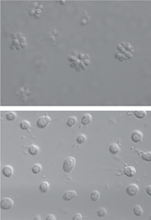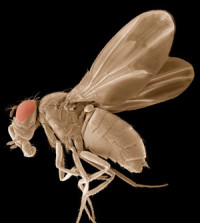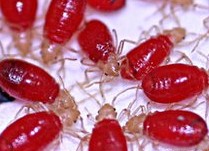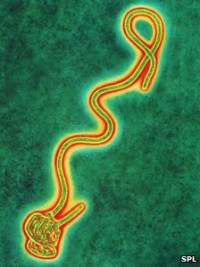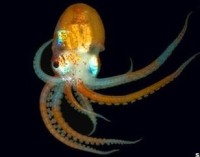 TORONTO, CANADA—The Bank of Canada has issued an apology for expunging an Asian-looking scientist from a new $100 banknote after some Canadians objected to the figure. The bank’s governor said that the bank will review the design process for new currency in light of the ensuing public outcry.
TORONTO, CANADA—The Bank of Canada has issued an apology for expunging an Asian-looking scientist from a new $100 banknote after some Canadians objected to the figure. The bank’s governor said that the bank will review the design process for new currency in light of the ensuing public outcry.
The kerfuffle began several years ago, when currency designers showed focus groups the proposed design for a bill highlighting Canada’s contributions to biomedical science. The bank has declined to release that original image, which apparently showed a woman with Asian features using a microscope. But some members of the focus groups expressed concerns that “Asian should not be the only ethnicity represented,” and that the image “stereotype[d] … Asians [as] excelling in technology and/or the sciences,”
according to a report published by the Vancouver Sun. The bank then redrew the image to appear more Caucasian, which has ruffled feathers. An editorial in the Calgary Herald, for example, complained that the bank’s actions =”#ixzz24d9hqsla”>”
unwittingly reinforced the bigoted notion that white skin is neutral, [and] that ethnicity is a quality white people don’t have.=”#ixzz24d9hqsla”>”
Ted Hsu, a former physicist and member of Canada’s Parliament, also criticized the bank’s actions. “I don’t think there is anything wrong … with the original image having too clear an ethnicity,” he says. “Canada is a diverse country; I think it is okay to have people of different ethnicities represented on our currency. … The Bank of Canada should not have responded to feedback [from focus groups] about how someone looked,” he adds, but should have instead left the design to the artist.
The new plasticized banknotes, which went into circulation this year, are more secure, cheaper, and greener than existing bills. In addition to the female scientist, the $100 note also includes a picture of a vial of insulin, which represents the discovery of insulin as a treatment for diabetes by Canadian scientists Frederick Banting and Charles Best (along with non-Canadian John Macleod). An image of an electrocardiogram alludes to the 1950s invention of the pacemaker, and a twist of DNA represents Canada’s role in sequencing the human genome. The significance of the controversial figure at the microscope is less clear.
“At least it’s a woman,” quips Paul Dufour, a science policy specialist at the Institute for Science, Society and Policy at the University of Ottawa. The bank got one thing right, he says: It tried to promote the role of women in science.
:: Read original here ::
